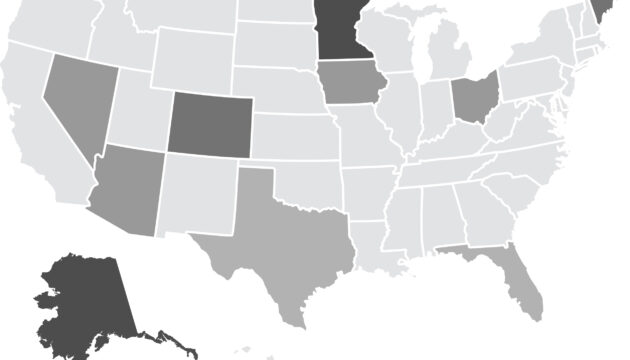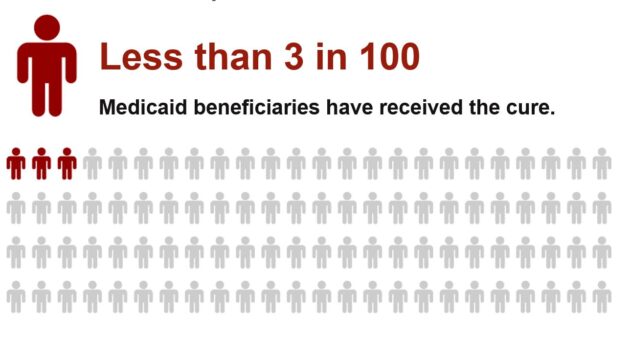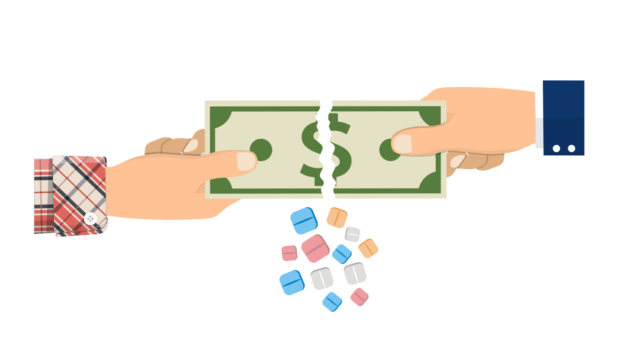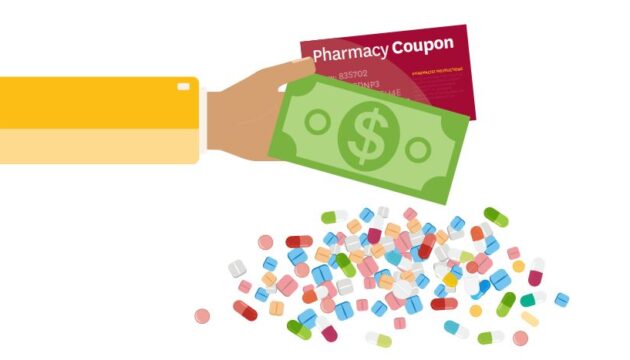White Paper
Our work in White Paper
-
Medicare Graduate Medical Education Funding is Not Addressing the Primary Care Shortage: We Need a Radically Different Approach
Schaeffer Initiative experts evaluate the impact of Medicare funding for hospitals, physicians and medical education on specialty selection by new doctors.
Categorized in -
State Individual Mandates: Hows and Whys
State mandates are a straightforward way to avert the negative consequence of federal mandate repeal at the state level, according to the latest analysis out of the USC-Brookings Schaeffer Initiative.
Categorized in -
How Would Individual Market Premiums Change in 2019 in a Stable Policy Environment?
Matthew Fielder examines how premiums would change in 2019 absent recent policy changes that are set to take effect.
Categorized in -
Stabilizing and Strengthening the Individual Health Insurance Market
Mark Hall examines the causes of instability in the individual market and identifies measures to help improve stability based off of interviews with key stakeholders in 10 states.
Categorized in -
How did the ACA’s Individual Mandate Affect Insurance Coverage? Evidence from Coverage Decisions by Higher Income People
Matthew Fiedler presents evidence that the ACA’s individual mandate did indeed cause substantial increases in insurance coverage.
Categorized in -
Improving Bundled Payments in the Medicare Program
John Romley and Paul Ginsburg look at three ways to improve the effectiveness of bundled payment systems.
Categorized in -
Policy Brief: A Novel Strategy for Increasing Access to Hep C Treatment for Medicaid Beneficiaries
A state-level financing strategy could help Medicaid programs provide access to hepatitis C patients while still encouraging future pharmaceutical innovation.
Categorized in -
A Proposal to Enhance Competition and Reform Bidding in the Medicare Advantage Program
Schaeffer Initiative researchers propose two key changes to the MA bidding process to lower prices and enhance choice for consumers.
Categorized in -
Overpaying for Prescription Drugs: The Copay Clawback Phenomenon
In 2013, almost one quarter of filled pharmacy prescriptions (23%) involved a patient copayment that exceeded the average reimbursement paid by the insurer by more than $2.00.
Categorized in -
Prescription Drug Copayment Coupon Landscape
The researchers examined copay coupon availability for the top 200 drugs (by spending) in 2014. Of these, 132 were brand drugs, and 90 of those had coupons available.
Categorized in









